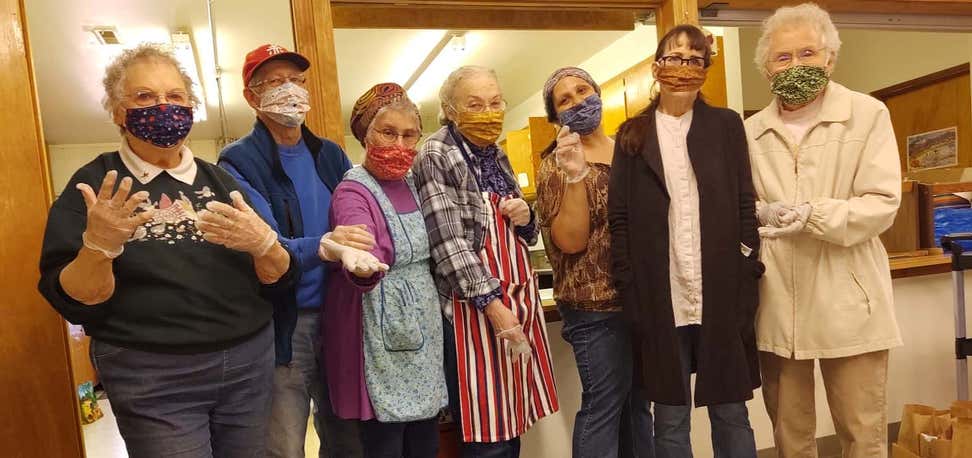Key Takeaways
Recognized by the Older Americans Act (OAA) as a community focal point, senior centers have become one of the most widely used services among America’s older adults.
Senior centers serve as a gateway to the nation’s aging network—connecting 1 million older adults to vital community services.
75% of participants visit their center 1 to 3 times per week. They spend an average of 3.3 hours per visit.
Recognized by the Older Americans Act (OAA) as a community focal point, senior centers have become one of the most widely used services among America’s older adults. Today, almost 10,000 senior centers serve more than 1 million older adults every day.
Participants
- Approximately 70% of senior center participants are women; half of them live alone.
- The majority are Caucasian, followed by African Americans, Hispanics, and Asians respectively.
- Compared with their peers, senior center participants have higher levels of health, social interaction, and life satisfaction and lower levels of income.
- The average age of participants is 75.
- 75% of participants visit their center 1 to 3 times per week. They spend an average of 3.3 hours per visit.
Senior center services
- Senior centers serve as a gateway to the nation’s aging network—connecting older adults to vital community services that can help them stay healthy and independent.
- More than 60% of senior centers are designated focal points for delivery of OAA services—allowing older adults to access multiple services in one place.
- Senior centers offer a wide variety of programs and services, including:
- Meal and nutrition programs
- Information and assistance
- Health, fitness, and wellness programs
- Transportation services
- Public benefits counseling
- Employment assistance
- Volunteer and civic engagement opportunities
- Social and recreational activities
- Educational and arts programs
- Intergenerational programs
How are senior centers funded?
To maintain operations, senior centers must leverage resources from a variety of sources. These include federal, state, and local governments; special events; public and private grants; businesses; bequests; participant contributions; in-kind donations; and volunteer hours. Most centers rely on 3 to 8 different funding sources.
Benefits and impact
- Research shows that older adults who participate in senior center programs can learn to manage and delay the onset of chronic disease and experience measurable improvements in their physical, social, spiritual, emotional, mental, and economic well-being.
- Today’s senior centers are reinventing themselves to meet the needs and desires of the aging baby boom generation. Boomers now constitute more than two-thirds of the 50+ population. Senior centers are developing new programs and opportunities for this dynamic generation of older adults.
NCOA’s Role
NCOA’s National Institute of Senior Centers (NISC)
NISC supports a national network of over 3,000 senior center professionals dedicated to helping older adults remain active, engaged, and independent in their communities. NISC is setting the standard for the future of senior centers by promoting cutting-edge research, promising practices, professional development, and advocacy. NISC also offers the nation’s only National Senior Center Accreditation Program. Accreditation provides official recognition that a senior center meets nine national standards of senior center operations. To date, more than 250 senior centers have received accreditation.
Share this PDF download of our fact sheet to raise more awareness around senior centers and the role they play in communities.









